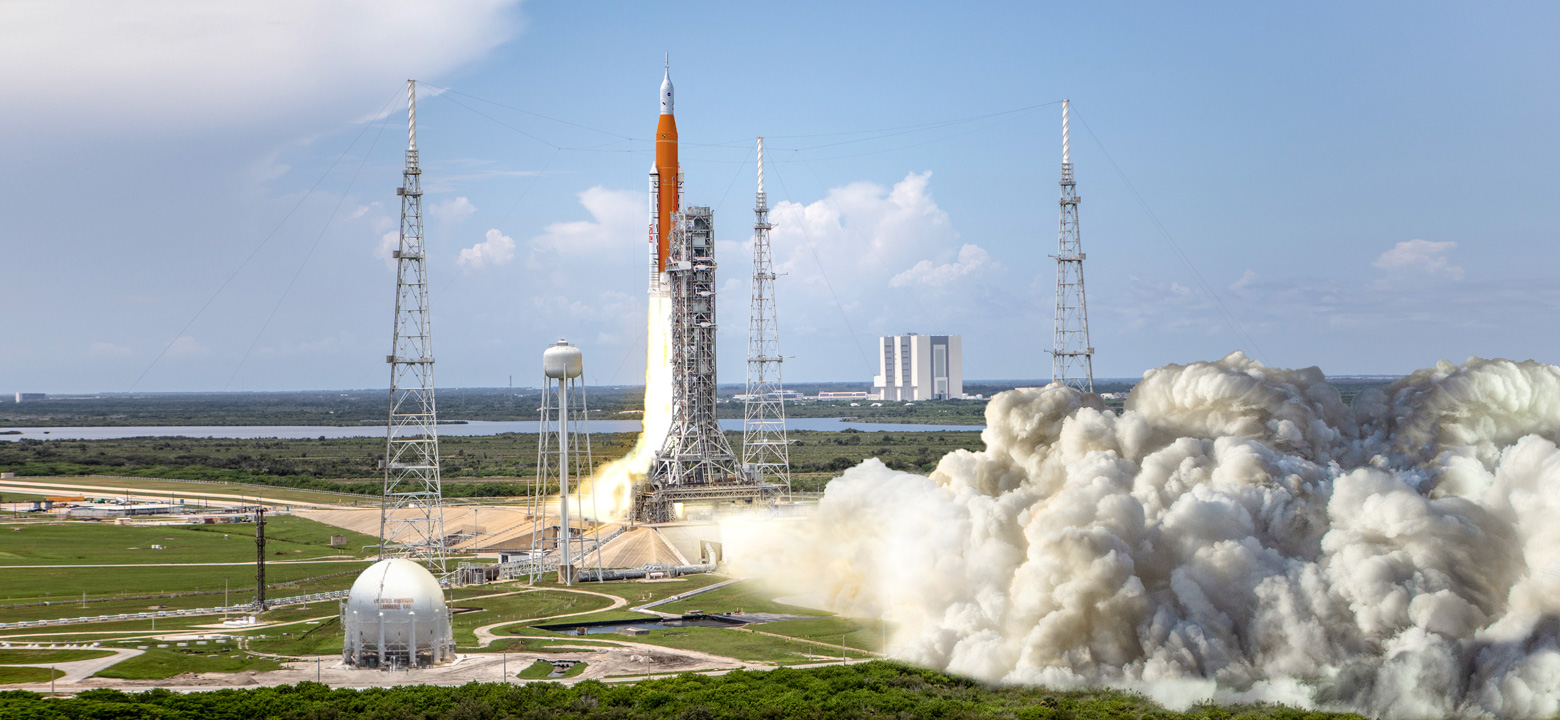
When it comes to exploring the farthest reaches of our solar system, the Moon is of incredible importance. The Artemis program is a human and robotic Moon exploration program whose aim is to establish a human presence. Over time, the goal is to set up a long-term Moon base that would allow researchers to learn more about the farthest reaches of space, our solar system, and what we need to do to explore other planets.
Like any complex mission, Artemis has faced several delays and challenges along the way.
The Moon is uniquely positioned to allow researchers to observe the Earth, Sun, and other objects in the solar system. It also holds water and rare Earth metals which make it scientifically valuable.
NASA, in conjunction with multiple private companies, is working to create increasingly larger lunar landers capable of transporting humans, robots, and cargo. This is instrumental to establishing a long-term human presence there. This will offer researchers the opportunity to learn how to overcome the challenges posed by extended stays in space, including trash disposal, life support, and more. The far side of the moon also experiences virtually no radio signal interference. Reaching it would allow researchers to observe space in a way that isn't possible elsewhere.
The Moon is also devoid of life. One of the objectives of exploring Mars is searching for evidence of microbial life. A long-term human presence on the Moon allows researchers to see how human activities contribute to microbial contamination, which would provide insight into the possible impact of similar contamination on Mars.
All told, NASA has a list of over 200 objectives that could be achieved by the Artemis program.
The Artemis program originated in 2005 as a combination of multiple programs and missions that were canceled in the past. In 2019, it was re-named “Artemis.”
Artemis 1 is a crewless mission designed to test Space Launch System (SLS) components. This includes the Orion space capsule which will orbit the Moon and return to Earth, eventually landing in the Pacific Ocean. It's a preliminary mission that will set the stage for Artemis 2, currently slated for 2024. Artemis 2 will have a four-person crew in the Orion capsule which will allow NASA to further test the capsule.
If both missions go according to plan, NASA intends to launch another mission to land on the Moon's surface in 2024. NASA also intends to build the Artemis base camp on the lunar surface and set up the Lunar Gateway space station.
Artemis 1 was originally intended to launch in 2021. Unfortunately, engine sensor issues caused a delay forcing the launch date back to August 2022. When the new launch date approached, a fuel line sprung a leak. Minor hydrogen fuel leaks have been a recurring problem for this launch, requiring engineers to scramble to repair them. This most recent leak was more significant than the minor leaks in the past. It was detected early on the day of the launch, but multiple attempts to repair it were unsuccessful.
A fueling test scheduled for September 17th, 2022, needed to be pushed back to September 21st. Despite these delays, NASA is still hoping to launch Artemis 1 sometime this year. Things are currently scheduled to go ahead on September 27th, but they are holding October 2nd as a potential back-up date.
Other launches may further complicate matters. Artemis 1's launch date coincides with other launches going on at Kennedy Space Center including SpaceX's Crew-5 mission. Launch windows are brief periods of time and making sure that everything falls in line to ensure a safe, successful launch involves an incredible level of coordination and preparation. If Artemis 1 springs another leak or develops another issue along the way, then the date will have to be pushed back once again.
The Artemis program will land the first person of color and first woman on the Moon, as well as allow researchers to explore the lunar surface like never before. The Moon offers several economic and scientific benefits, and a successful moon base and lunar space station could propel space exploration to heights never before possible.